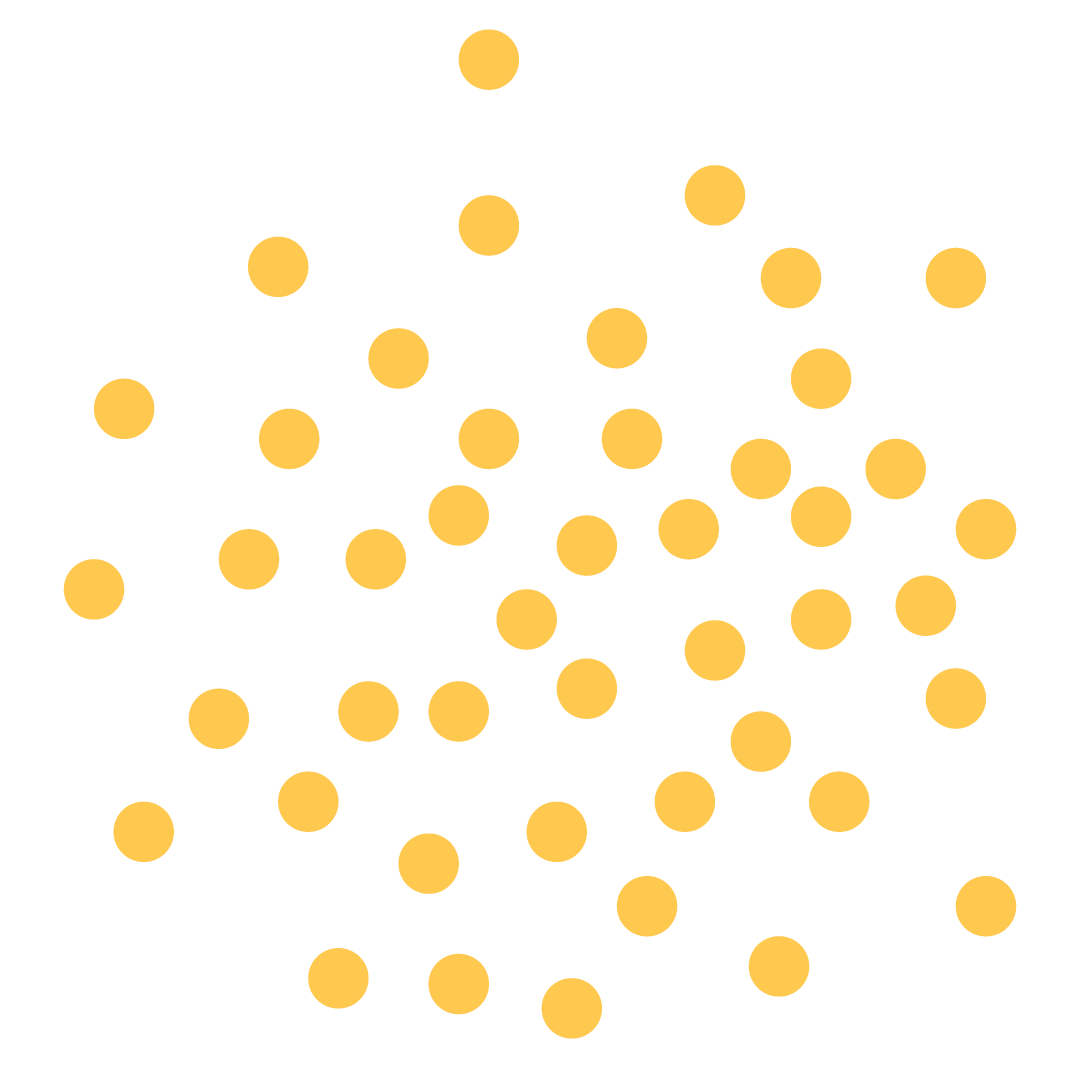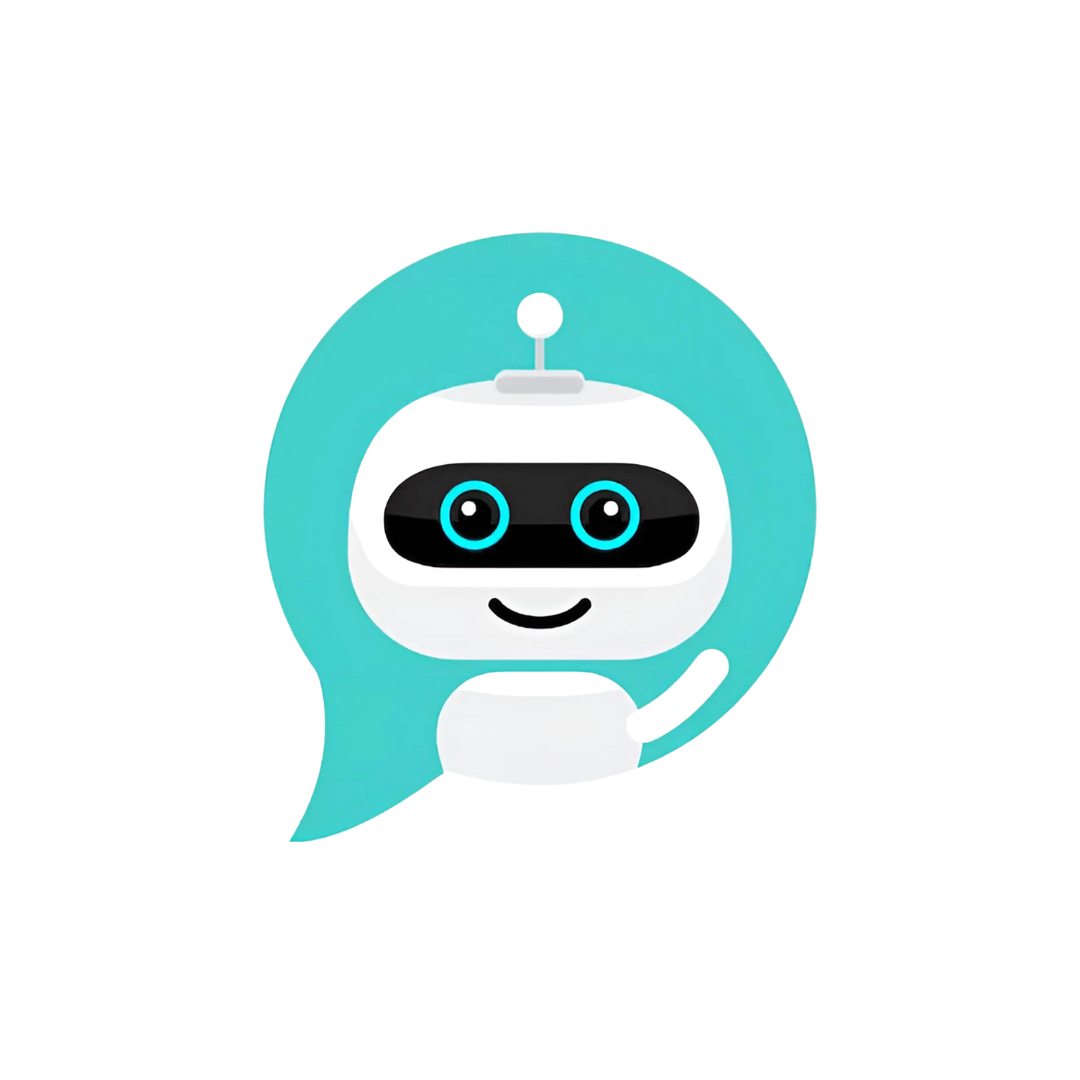MEAN Stack Developer
Home > Training Programs > MEAN Stack Developer
The MEAN Stack Developer Training Program
Building a strong foundation for beginners and experienced programmers
The MEAN Stack developer training program is a comprehensive course that covers the essential components and tools required to build modern web applications using the MEAN Stack. The program covers MongoDB, Express.js, Angular, and Node.js, and provides a step-by-step approach to learning each component of the MEAN Stack.
The program starts with an introduction to MEAN Stack and the advantages it offers to web developers. It then moves on to setting up the development environment, and covers each component of the MEAN Stack in detail. The program includes building a complete MEAN Stack application, which serves as a practical demonstration of how the MEAN Stack components work together.
Upon completion of the MEAN Stack developer training program, participants will have a thorough understanding of the MEAN Stack and be equipped with the skills required to build modern web applications using the MEAN Stack.






Program Objectives
- Understand the concept of MEAN Stack and the advantages it offers in modern web application development.
- Learn to set up a development environment for MEAN Stack development.
- Develop proficiency in MongoDB, including data modeling, CRUD operations, querying, and aggregation.
- Learn to use Express.js to build a RESTful API, handle routing and middleware, and manage errors.
- Develop skills in Angular, including building components, services, directives, and pipes, and managing routing.
- Gain proficiency in Node.js, including building a server, using NPM and package management, debugging, testing, and scaling.
- Build a complete MEAN Stack application that demonstrates how the MEAN Stack components work together.
- Understand best practices and tools for MEAN Stack development, including code quality and maintainability, testing frameworks and tools, security best practices, and performance optimization techniques.
- Prepare for a career in MEAN Stack development by gaining a strong foundation in MEAN Stack technology and best practices.
- Develop a lifelong learning mindset and identify resources for continuing education and exploration in MEAN Stack development.
Program Outline
- Definition of MEAN Stack
- Overview of its components: MongoDB, Express.js, Angular, and Node.js
- Advantages and disadvantages of using MEAN Stack
- Installing MongoDB, Node.js, Angular, and Express.js
- Overview of IDEs and text editors
- Introduction to MongoDB
- CRUD Operations in MongoDB
- Data Modeling with MongoDB
- Querying Data in MongoDB
- Indexing and Aggregation in MongoDB
- Introduction to Express.js
- Building a RESTful API with Express.js
- Routing with Express.js
- Middleware in Express.js
- Error Handling in Express.js
- Introduction to Angular
- Building Components in Angular
- Services and Dependency Injection in Angular
- Directives and Pipes in Angular
- Routing in Angular
- Introduction to Node.js
- Building a Server with Node.js
- NPM and Package Management with Node.js
- Debugging and Testing in Node.js
- Scaling and Deployment in Node.js
- Building a complete MEAN Stack application
- Planning the application architecture
- Implementing the backend with Node.js and Express.js
- Implementing the frontend with Angular
- Integrating MongoDB with the application
- Code quality and maintainability
- Testing frameworks and tools
- Security best practices
- Performance optimization techniques
- Deployment and Continuous Integration tools
- Introduction to Testing
- Unit Testing using Jasmine and Karma
- Testing Components, Services and Pipes
- E2E Testing using Protractor
- Preparing for deployment
- Building for production
- Deploying to a server
- Hosting options





Training Methodology
This program follows Aitrich Training Methodology(ATM), which is designed to provide a real-life software engineering experience to the students.
ATM is a specialized learning methodology that follows standard software engineering principles and practices as part of the whole learning process. It is based on a project-based, team-oriented, and instructor-led approach that emphasizes collaboration, problem-solving, and continuous improvement.
The entire program is designed around a software project that develops a real-life application and the whole batch of students are organized as the team members who develop the system. The team will follow agile methodologies such as SCRUM, and software engineering principles and practices as part of their daily tasks. As the program progresses towards the end, the project will be fully developed by the team members.
At the end of the program, the students will have all the skills of an experienced software engineer who can undertake serious software projects with a sense of ownership.
What other essential skills you earn from this program
Beyond MEAN Stack Web Development
Since this training program is following Aitrich Training Methodology, this program will have the following salient features, besides the technical topics covered:
The Training Program is conducted as a project-based training program, allowing participants to apply what they have learned through hands-on experience with real-world projects. Participants will develop an end-to-end software project using all the topics they’re learning in the training incrementally, throughout the course of the program. This will provide the participants with all the skills required to become confident Java Developers who can join any professional software team.
The training program follows Agile development methodologies and uses SCRUM for project management and Kanban for tracking progress. This allows the participants to experience and practice professional software engineering disciplines and practices in the real world.
The training program is designed to foster teamwork, collaboration, and communication among participants, mirroring real-world team environments. The roles and responsibilities they handle on a daily basis as part of the learning and project development will make them natural teamsters and often leaders.
The training program emphasizes the use of Extreme Programming (XP) practices such as Test-Driven Development (TDD), Pair Programming, and Continuous Integration and Delivery.
The training program covers the principles and practices of Domain-Driven Design (DDD), an approach to software development that focuses on the core domain and business logic of the application.
The training program covers the use of Unified Modeling Language (UML) and other tools for architecture and system design, helping participants develop a deeper understanding of how to design and develop high-quality, scalable software systems.
The training program leverages the power of professional software development tools such as Git for Source Control, Trello for Task Management and Jira for Issue Tracking. This will allow the students to get familiar with these essential tools for standard software engineering in professional organizations.





pre-requisites & program duration
Here are the prerequisites for the comprehensive MEAN Stack Developer course:
- Basic understanding of HTML, CSS, and JavaScript
- Familiarity with programming concepts
- Basic knowledge of databases
- Understanding of web application architecture
- Proficiency in a programming language
Program Duration: 8 Months
Program Duration: 3 Months
Certification
TO DO



Ready To Kickstart Your Tech Career?
we will contact you back within 24hrs via email.
Students testimonial
Discover the Inside Scoop
-Hear From Students Themselves






Similar Training Programs

Enterprise Java Developer
Enterprise Java Developer is a comprehensive course that covers Java enterprise development concepts and technologies. It is designed to equip learners with the necessary skills and knowledge to develop enterprise-level Java applications.

Java Cloud Native Developer
Java Cloud Native Developer course is designed to teach developers how to build cloud-native applications using Java programming language and modern cloud-native technologies such as containers, Kubernetes, and microservices architecture.




